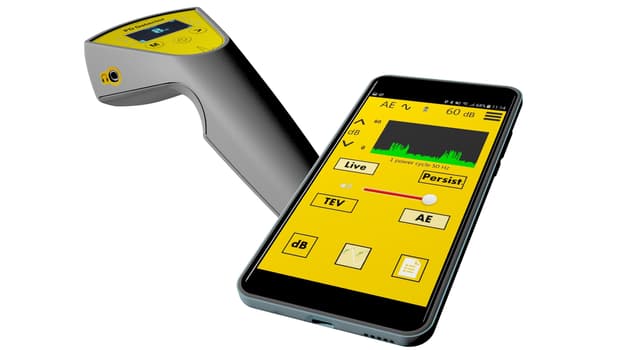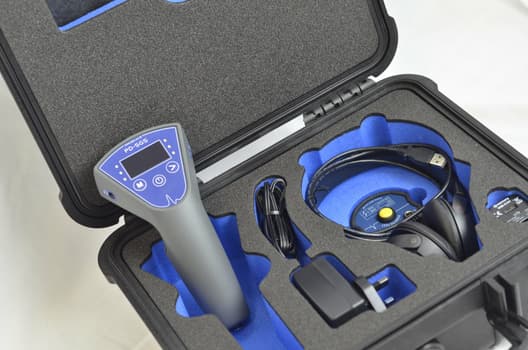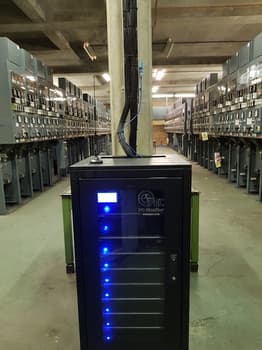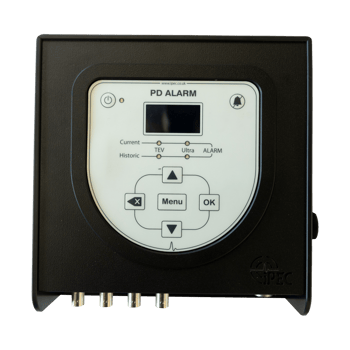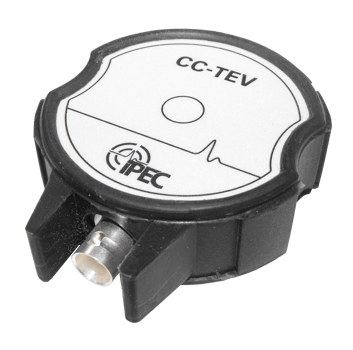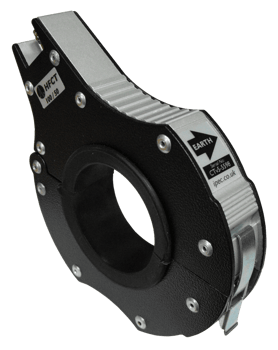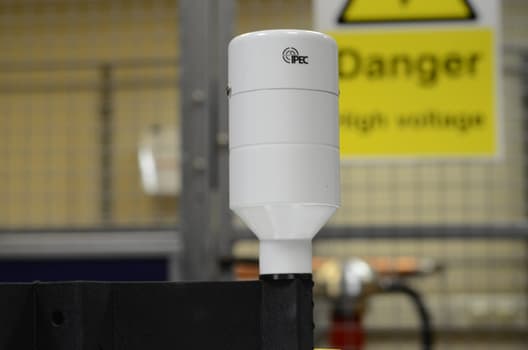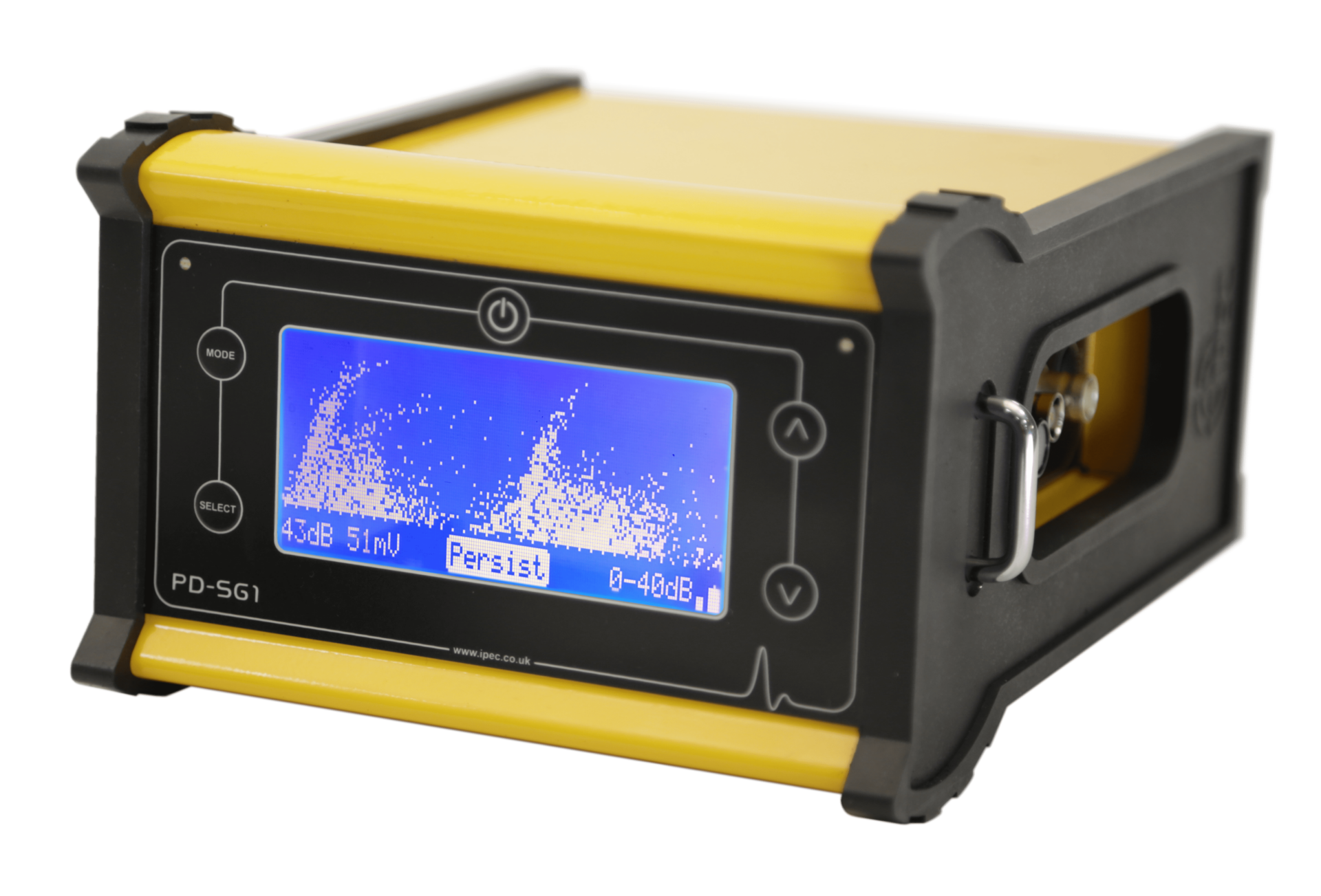
IPEC PD-SG1
Brand :
IPEC
Categories :
Partial Discharge Spot Testers
The PD-SG1 is a dual transducer Switchgear PD detection instrument. The unit detects TEV signals generated by internal discharge, as well as acoustic discharge generated by surface tracking or corona. Partial discharge activity inside metal clad high voltage plant induces small voltage impulses (called Transient Earth Voltages) on the surface of the metal cladding. TEVs travel around the cladding surface to the outside of the switchgear panel, where they can be picked up externally using capacitively coupled transducers.
PD Location
locate source of Partial Discharge on switchgear panels
Ensure accurate results
auto separation when the device detects background Noise instead of real PD
Personnel Safety Device
ensure the substation is clear of PD before conducting work
Ergonomic and compact design
fits in the user’s pocket and Is easy to use
Rapidly survey the whole substation
and detect MV and HV problems before they occur
Specifications
Ultrasonic detection of surface PD activity. Displayed on the LCD screen as dB reading, as well as audible signals through headphones.
Measurement of TEV signals generated by internal PD. Displayed on the LCD screen as dB reading.
Cycle Mode for viewing PD pattern in power cycle (Phi Q), allowing for the elimination of noise
Precedence Mode for location of PD in the assets under test
Bright LCD panel display for indoor and outdoor use
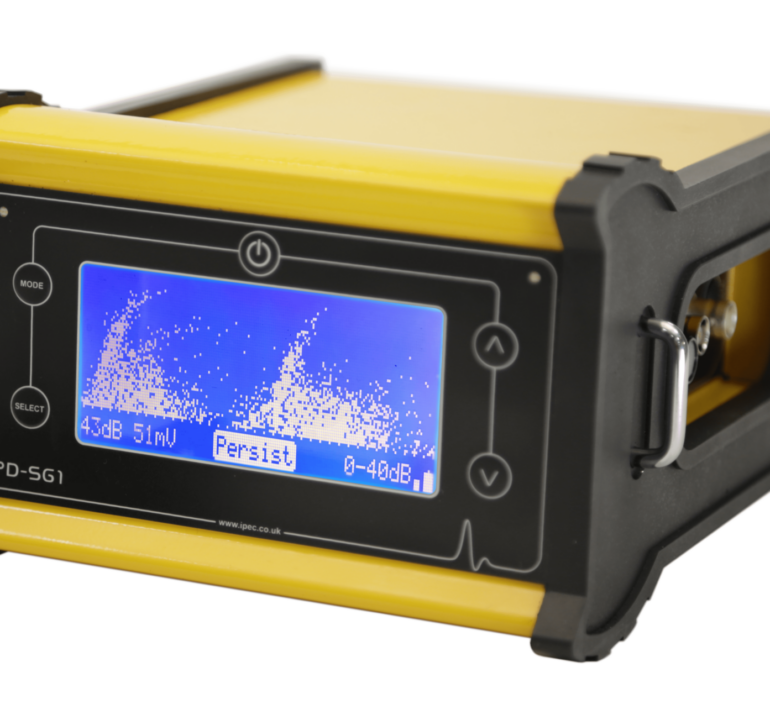 The Problem
The Problem
Partial Discharge (PD) is a localised breakdown of a small portion of a solid insulation system under high voltage stress. Once begun, PD causes progressive deterioration of insulating materials, ultimately leading to complete failure. It is therefore critical to be able to identify the PD source so it can be fixed quickly. However, one of the greatest problems in identifying PD is how you distinguish the discharge activity from general electrical noise (very often present in sub stations and switchgear).
The Solution
The pulses caused by each discharge are distributed across the AC power cycle in a distinctive pattern. By plotting the peak of each pulse detected, the PD-SG1 displays a pattern that can be used to distinguish between genuine Partial Discharge activity and signals from electrical noise interference.
The PD-SGS is a dual transducer PD detector for Switchgear. The instrument detects TEV signals generated by internal discharge, as well as acoustic discharge generated by surface tracking or corona.
Measurement of TEV signals generated by internal PD
Ultrasonic detection of surface PD activity
Automatic Background Noise Detection
Level Mode and Trend Mode
Bright OLED screen display with dB readings
Audible output through headphones or built in speaker
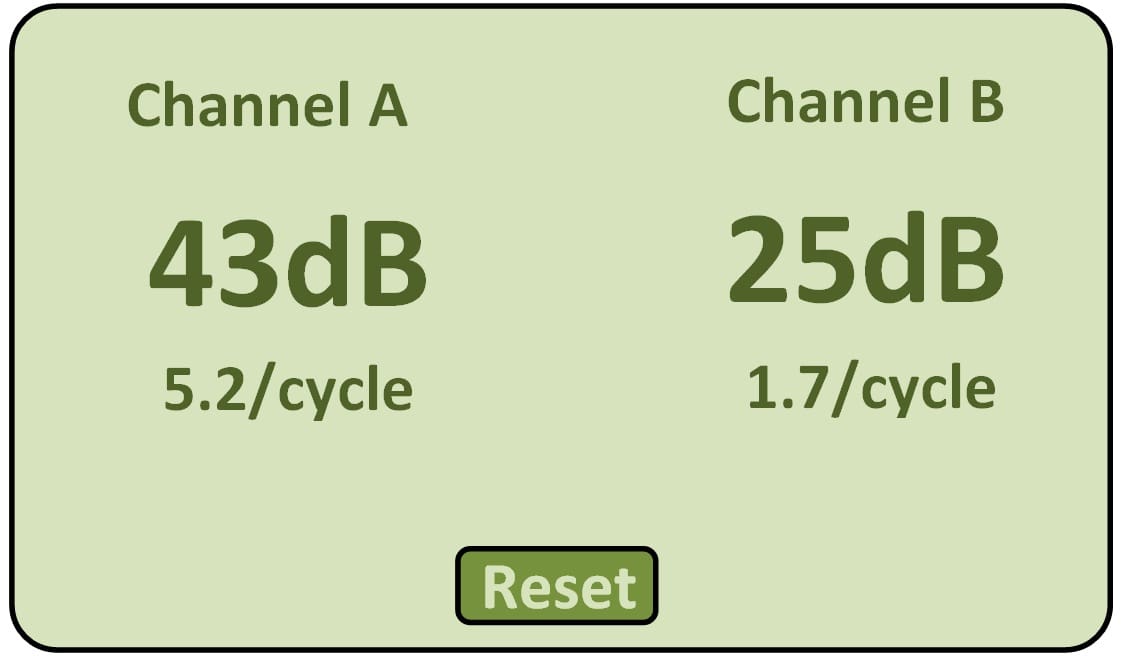 In Level Mode, the magnitude and the repetition rate of the PD are displayed. The dB reading gives an indication of the magnitude of the PD activity detected.
In Level Mode, the magnitude and the repetition rate of the PD are displayed. The dB reading gives an indication of the magnitude of the PD activity detected.
The maximum PD detected is shown on the display. The reading can be restarted at any time by selecting ‘Reset’. The repetition rate, or the ‘Count’, shows a measure of the amount of PD detected per power cycle.
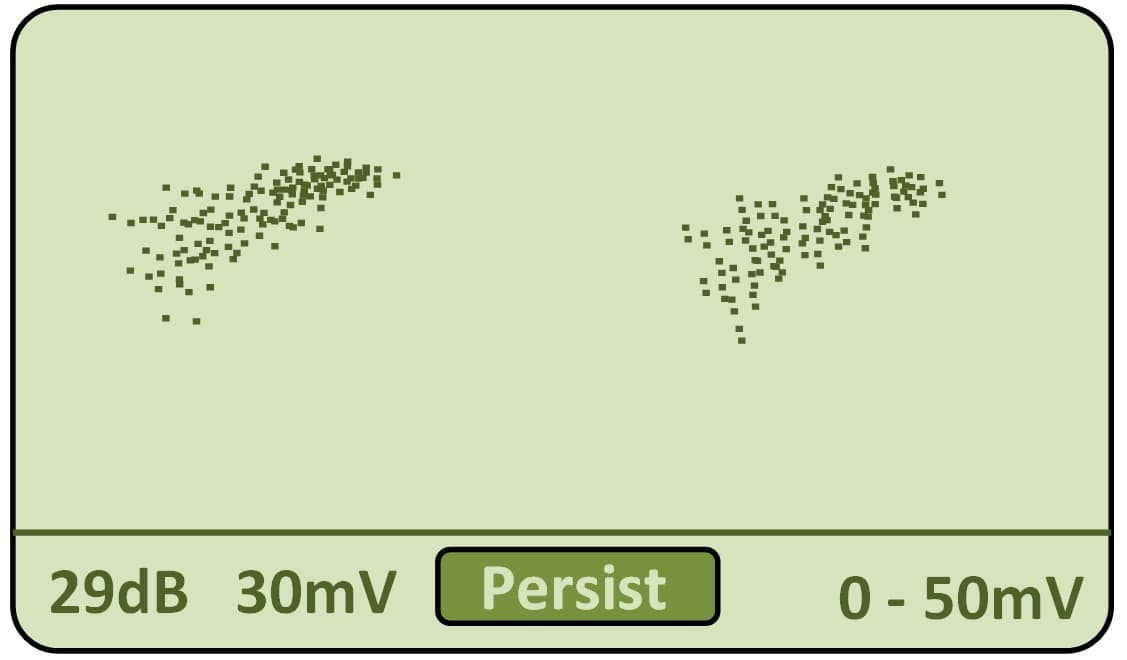 In Cycle Mode, the system shows the PD activity in a phase resolved display (φ.q) which is synchronised with the power cycle. A magnetic field detector synchronises the PD-SG1 with the current in a cable or bus bar placed nearby. The display can be set to show the activity live and constantly updated, or it can be set to infinite persistence (where an image is built up showing the distribution of activity in the power cycle).
In Cycle Mode, the system shows the PD activity in a phase resolved display (φ.q) which is synchronised with the power cycle. A magnetic field detector synchronises the PD-SG1 with the current in a cable or bus bar placed nearby. The display can be set to show the activity live and constantly updated, or it can be set to infinite persistence (where an image is built up showing the distribution of activity in the power cycle).
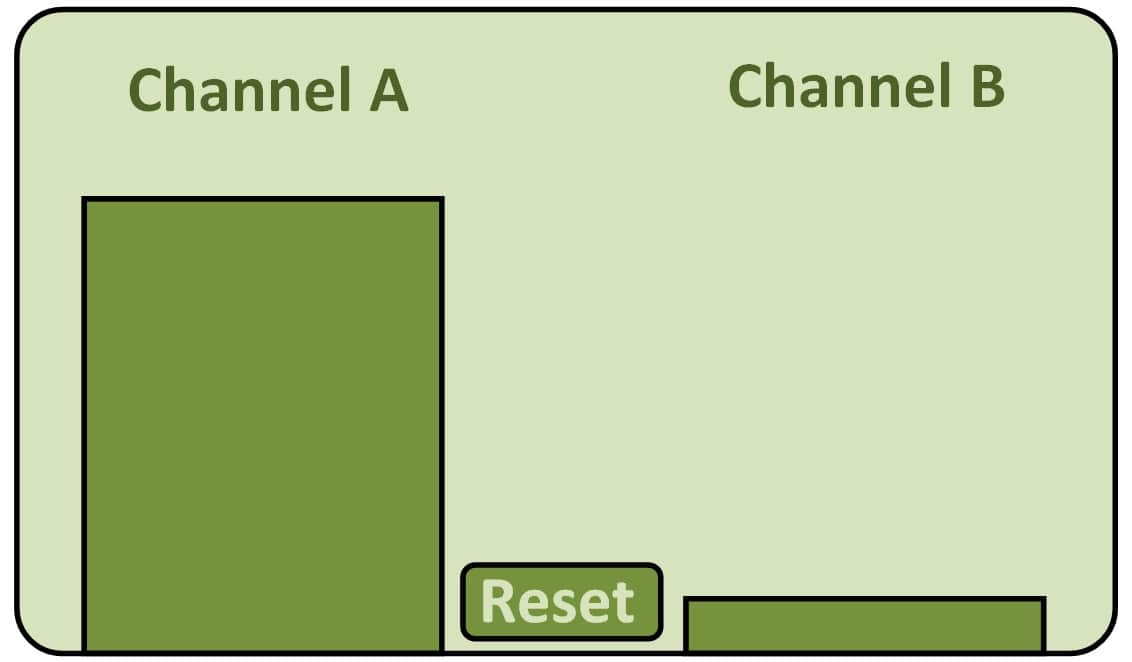 Precedence Mode is used to locate the originating source of the PD activity. The display shows which sensor is closest to the source by comparing the arrival time of pulses detected on the left and right channels. As the sensors are moved around the equipment under test, the LCD display shows graphically the ratio of pulses detected on each channel. The precedent channel is also indicated with a left and a right LED, as well as acoustically via the stereo headphones.
Precedence Mode is used to locate the originating source of the PD activity. The display shows which sensor is closest to the source by comparing the arrival time of pulses detected on the left and right channels. As the sensors are moved around the equipment under test, the LCD display shows graphically the ratio of pulses detected on each channel. The precedent channel is also indicated with a left and a right LED, as well as acoustically via the stereo headphones.





